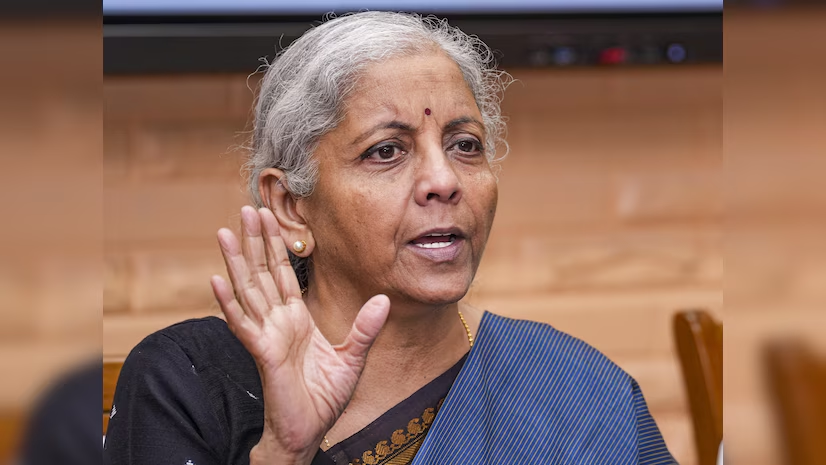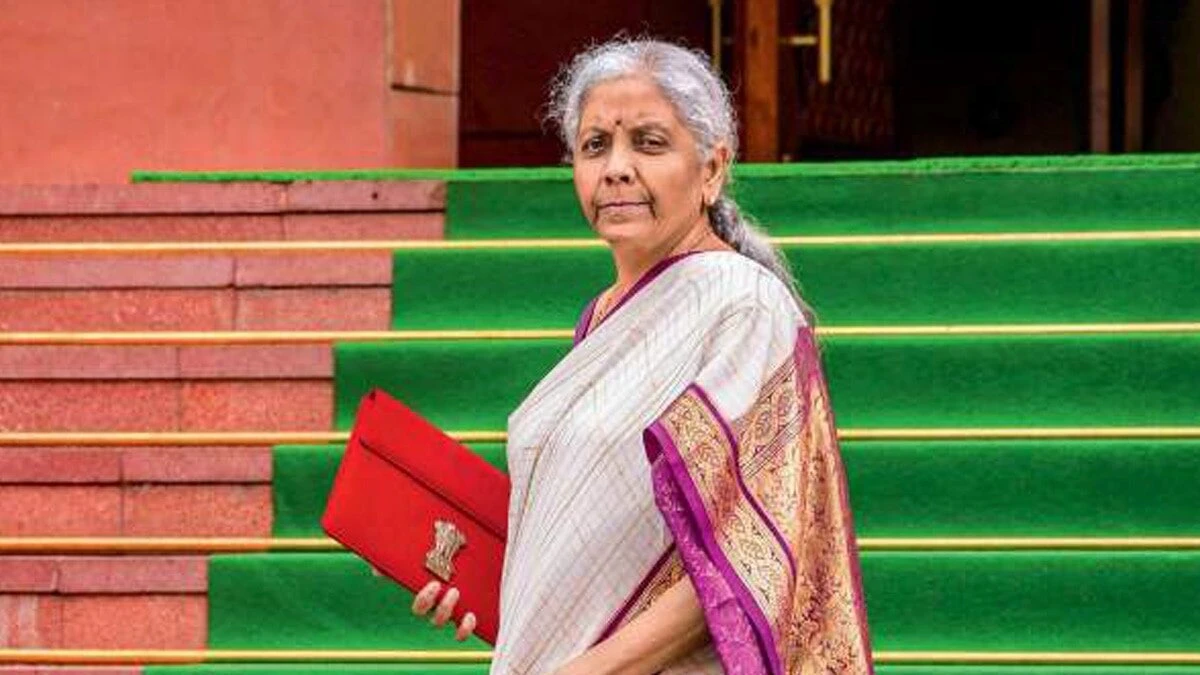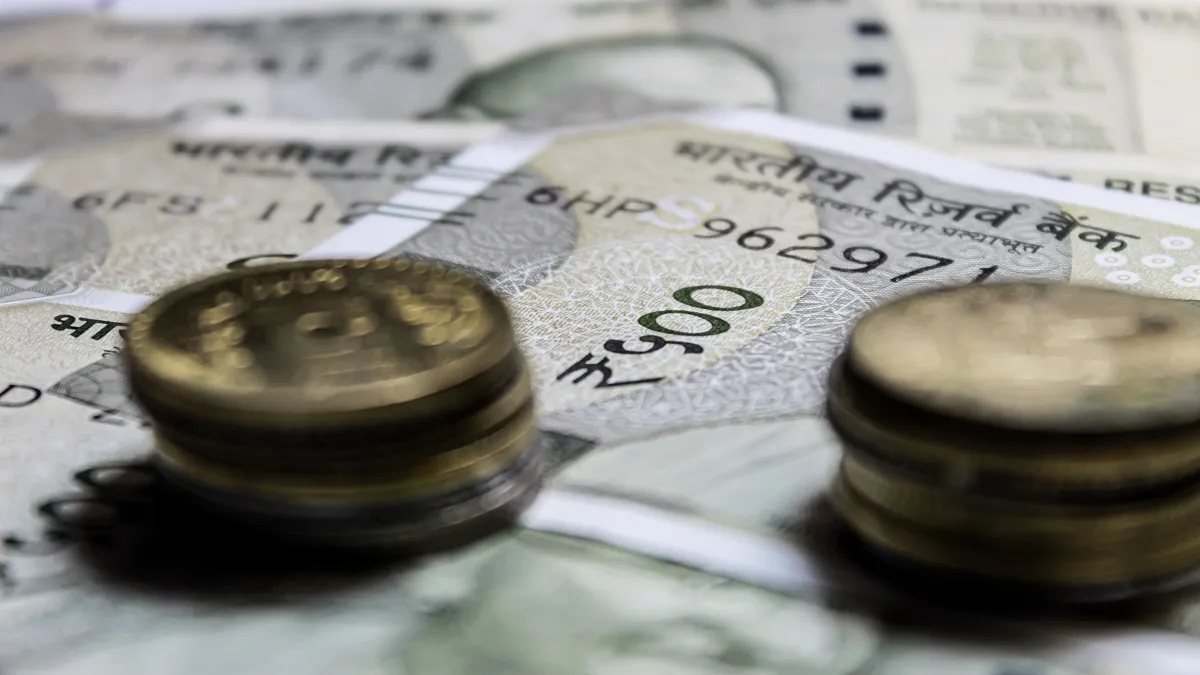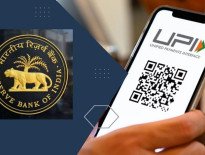Share

The Reserve Bank of India and banks are looking to get beneficiaries of the Government’s direct benefit transfer (DBT) schemes to do their routine transactions on the Unified Payments Interface (UPI) platform, in a bid to make more people transact digitally instead of cash. The National Payments Corporation of India (NPCI), which runs UPI, is also onboarding district cooperative banks and rural cooperative banks onto the platform, so that they can offer digital payment services to their customers, mostly from rural India with many of them being DBT beneficiaries.
There are approximately 300 million users on UPI currently. The debit card base in this country is 960 million. So, there is a huge market which is untapped.
The central bank wants more users from across the country to access digital payments in a bid to drive financial inclusion. As many as 581 banks are live on UPI as of April 2024; a year back this base was 414. These banks will also start onboarding rural merchants through QR codes which will be an incentive for their customers to pay via UPI. These will not just be the local kirana stores – they will onboard seed sellers, fertiliser shops and farm equipment sellers. While building the payment infrastructure is one part of the problem, customers need to have a savings account balance to undertake UPI transactions.
That is one area, where getting the DBT beneficiaries to transact on UPI may face challenges, because they tend to instantly withdraw the cash once the money is transferred to their bank accounts. Over 40% of the DBT money gets withdrawn instantly, over two to three months the remaining amount gets withdrawn too, so effectively that money gets converted from digital to cash. We need ways to ensure it remains in the account and the transactions are undertaken digitally as well.
Another major problem is that the senior members of rural families, who typically are beneficiaries of government schemes, often use feature phones, not smartphones which are more convenient for UPI-based transactions. Increasing smartphone prices might be pushing many families to opt for a 4G-enabled feature phone. Also, there is a certain degree of comfort with cash and the rural people need further levels of education and confidence building to get them onto account-based digital payments. It is a long-drawn process, but over the next year or two, a large part of the rural economy will be digitised.
Related Posts
SEARCH SMECONNECT-DESK
RECENT POST
- Finance Minister Boosts MSME Lending with Rs 1.5 Lakh Crore Increase in Public Sector Bank Targets for FY25
- Golden Visa Shake-up: Spain, Portugal, and Switzerland Phase Out Schemes While Hungary Reintroduces Residency Pathways
- Bank of Baroda Expands Branch Network and Strengthens Retail, Agriculture, MSME Focus
- PSBs to focus on accelerating pace of lending to agriculture & MSMEs
- Agricultural exports flat in first half:










